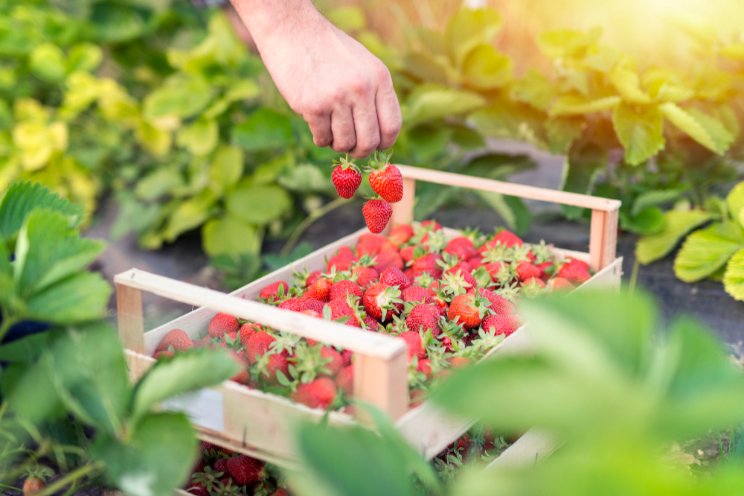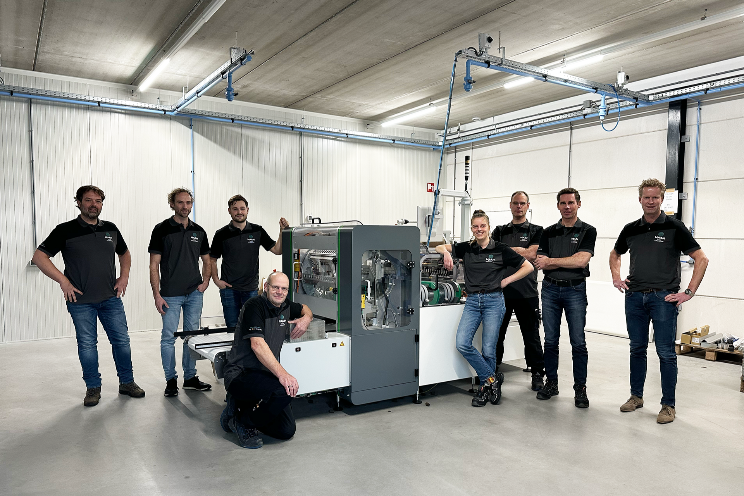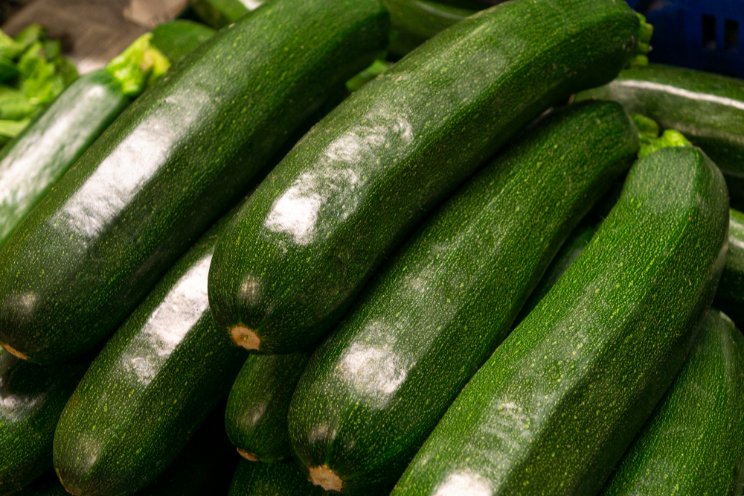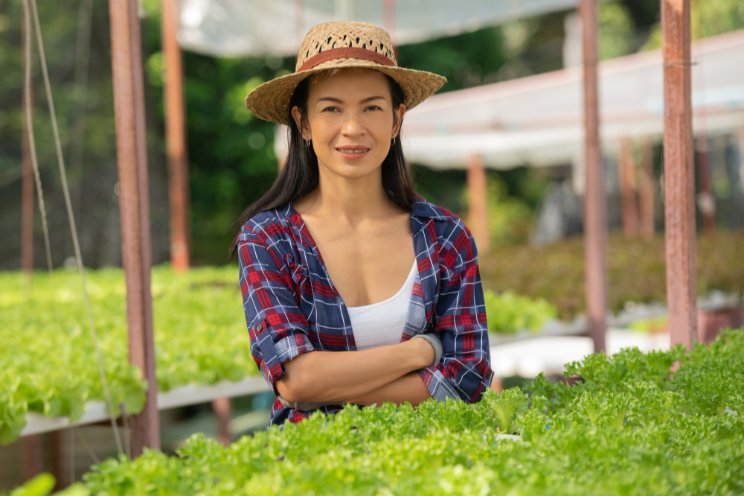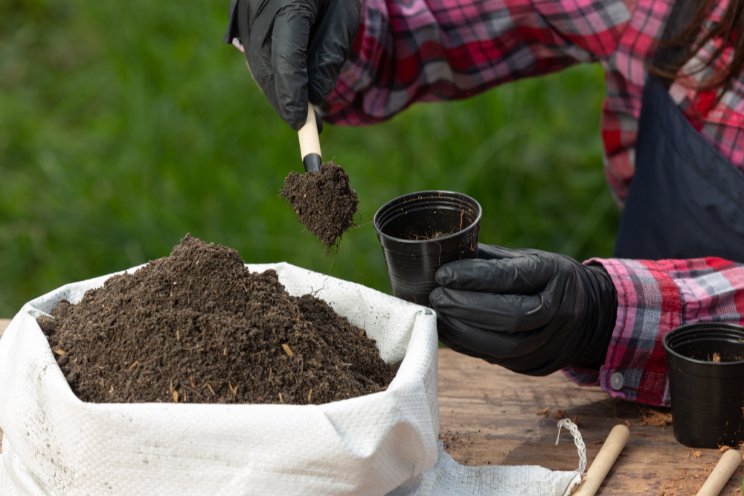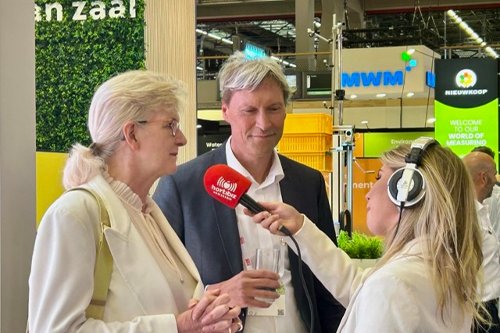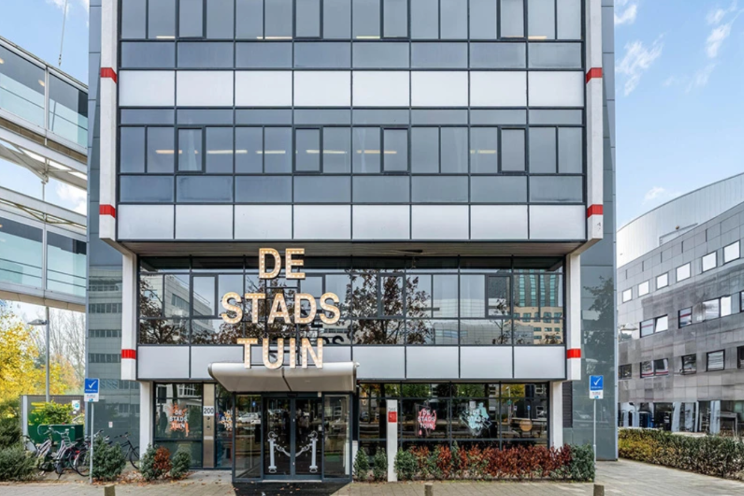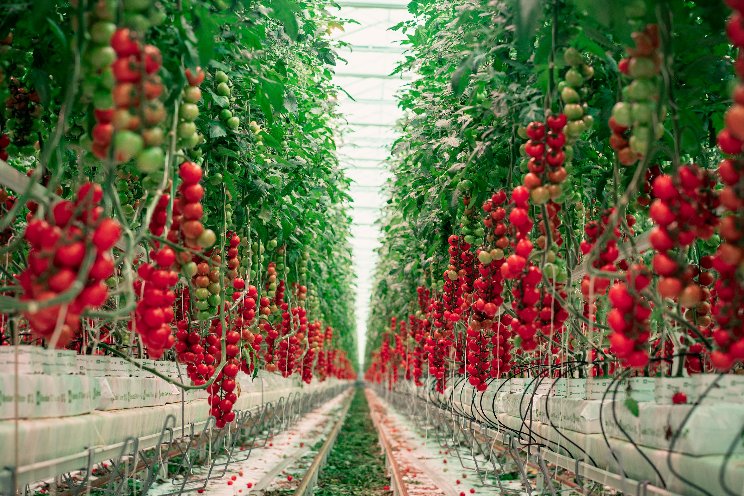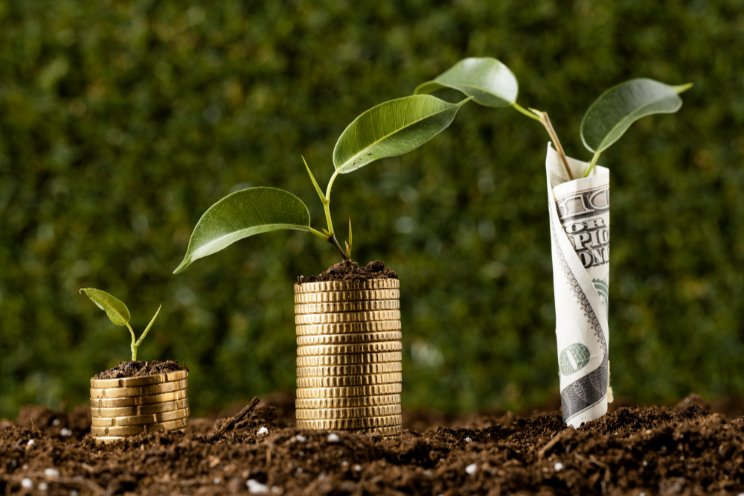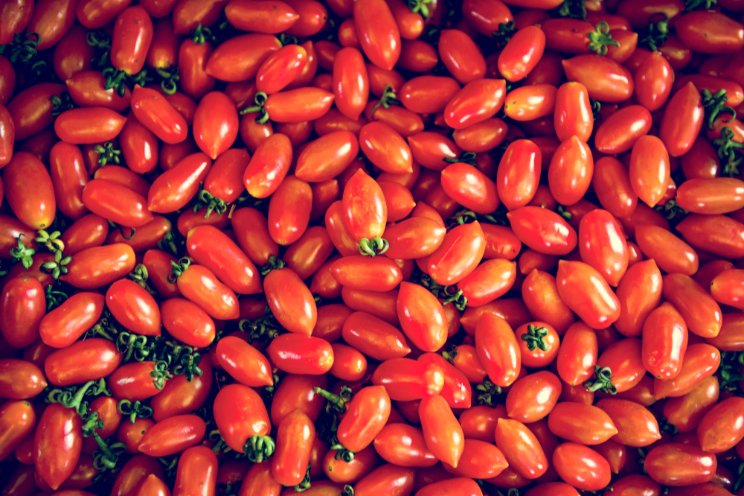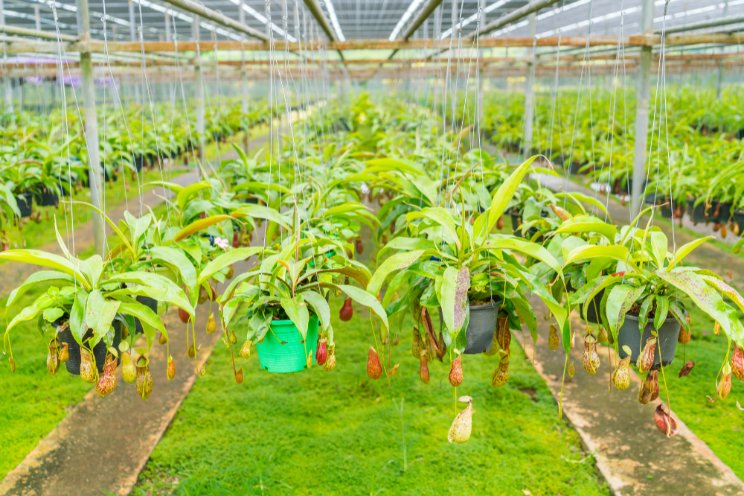Growth outlook for greenhouse veggies
Added on 28 January 2020
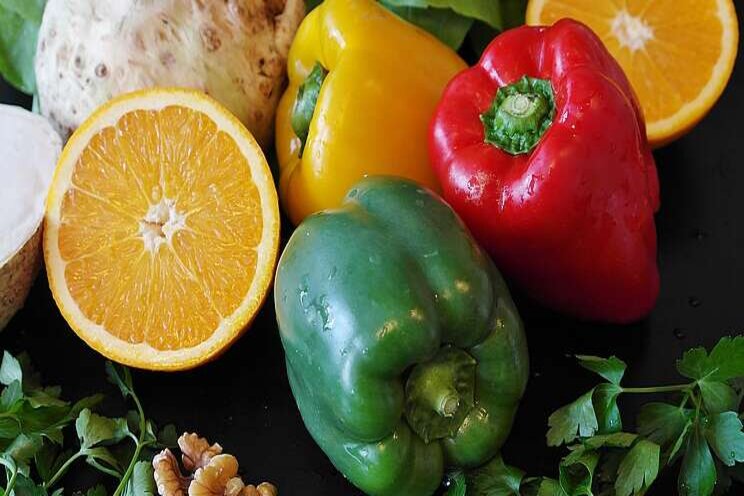
Fresh Produce Sales Expected to Snowball Through 2020
According to the latest statistics provided by Cuesta Roble for the 2017 growing period, U.S. acreage for vegetable food crops grown under glass or other protection rose 15% between 2012 (2,250 acres) and 2017 (2,584 acres). Vegetable sales have increased 18% over the same period from $634 to $748 million. Rabobank's Food & Agribusiness Research and Advisory (FAR) group estimates sales of fresh produce will reach more than $4 billion by 2020.
A stream of investors has entered the greenhouse vegetables market. According to the Founder and Owner of Hort Americas, Chris Higgins, the 5% to 10% annual growth in vegetable production acreage the industry is seeing now is likely to increase due to some large projects expected to come online in 2020.
"In my opinion, the state of the greenhouse industry is strong, but the big growers are growing at a much faster pace than anyone else (by acreage)," he says.
Like other ag industries, family owned farms may become a relic of the past as the produce industry shifts to more industrial-based production. In some cases, these farms already struggle to remain competitive and profitable while trying to wrestle market share from larger-scale operations.
"On the other hand, large operations need experienced top management to deliver consistent high-quality product and assure profitability," says Federico Hinojosa, Regional Portfolio Manager Protected Solanacea for Syngenta.
Growth Isn't Without Its Challenges
The growth in the greenhouse produce market has put a strain on suppliers, vendors, skilled personnel, and other resources vital to the industry's success and long-term sustainability, per Viraj Puri, Co-Founder and CEO at Gotham Greens, who says producers must balance growth with proper infrastructure and industry support to ensure success.
Conversely, cannabis production has put the brakes on some of the growth in the vegetable market because it is a direct competitor for indoor space, labor, and other assets. Growers are, at the most, distracted by promises of higher profit margins, and some have been lured away by them. The instability in the controlled-environment market right now may deter some from investing in greenhouse vegetable production.
Robert Sakata of Sakata Farms in Brighton, CO, is one of those who says he won't think about investing in protected agriculture until the market stabilizes.
"The cannabis industry has had a tremendous impact on vegetable producers in our area," he says. "For [adult-use/recreational cannabis], they are competing for indoor space, and for hemp they are competing for labor."
Until the cannabis industry levels out and production demand is met, vegetable growers will continue to see new investments looking for high returns, Hinojosa says, adding that the worst-case scenario would be if cannabis creates only a periodical demand.
Another challenge for the industry includes competition from foreign markets, where fresh produce can be produced cheaper with more available labor. This is one of many factors driving the demand for more automation in the industry. Another challenge, not so much inhibiting industry growth as it is product quality, is the need for better access to qualified and credible growing knowledge, whether it's growing knowledge for new and small farms or market knowledge.
Mitigation of Food Safety Issues Depends on Better Track and Trace
If the vegetable industry expects to sustain the growth it is experiencing now, it will need to maintain hyper-vigilance over food safety practices and focus on providing more transparency and better traceability of its products. That goes for field growers and greenhouse growers. Recent foodborne illness outbreaks in field operations have heightened consumer interest in clean, safe vegetables and raised the profile for greenhouse operations. However, with that greater awareness comes increased scrutiny of all greenhouse operations, especially if you have food safety issues. This is an issue that concerns Carl J. Duewer of All-American Associates.
"I hope in the future, technology and regulations will come together for tracking within the food supply chain to quickly determine the source of any problem, to benefit the rest of the market that has not contributed to any given individual food safety issue," he says. "Resolving these issues quickly is of paramount importance to not harm an entire industry for a problem with a single grower."
While growers of greenhouse vegetables have advantages over field growers in terms of food safety, contamination can still occur, which is why they must continue to place the utmost priority on food safety protocols.
"I think food safety should be the highest priority," Sakata says. "The one thing that could damage the reputation of indoor production would be to have a food safety recall associated with a major facility."
Puri agrees, saying that as consumers demand more transparency, he believes the greenhouse vegetable industry is well-positioned to grow exponentially. However, this opportunity must not be taken for granted.
Growth Opportunities Abound for Local Produce Suppliers
Consumers seeking flavorful, ultra-fresh produce — and paying more attention to where their food comes from and how it is produced — have set off an explosion of interest in fresh, locally grown produce. Currently, this is where some of the biggest growth opportunities in the fresh-produce market lie, whether it's providing fresh produce for restaurants, schools, and small grocery stores, or supplying larger grocery store chains.
"There's an incredible value proposition in growing highly perishable fresh food in close proximity to large population centers while using fewer natural resources — and greenhouse farming provides that," Puri says.
In addition to focusing on locally grown vegetables, growers need to consistently supply quality produce at a competitive price, says Higgins, who notes that if they do that, consumer demand will continue to drive up their business.
"When consumers demand something with their wallets, the markets follow," Higgins says.
Skilled Labor Plus Technology Will Advance the Greenhouse Produce Industry
As greenhouses and farms scale up in size, interest in technology and automation systems that offer efficient growing solutions is increasing. This in turn drives research and development in this area, which will be essential to provide the tools to keep the industry on a path to further growth.
"This investment is vital to improve productivity and crop yields while reducing costs in greenhouse operations," says Gotham Greens' Puri. "We're hopeful enhanced research and development in automation, visioning systems, data science, and machine learning will continue to propel the industry forward in coming years."
Hinojosa offers some examples where new technology improvements have helped the greenhouse produce industry, such as decreases in heat consumption, as well as screen usage while seeing a 50%-plus increase in production.
"Air-controlled environments are popping up that can heat and cool," he says. "We are now able to build greenhouses in hot regions and have more control to cool them down. Labor is becoming more efficient with transport systems, and robot harvesters are the next step."
Despite the technological wonders, the plants don't grow themselves. The vegetable industry will always need highly skilled personnel right alongside the new technology, Puri says.
Source: Greenhouse Grower
Photo by Christine Sponchi
Source: Greenhouse Grower
More news

